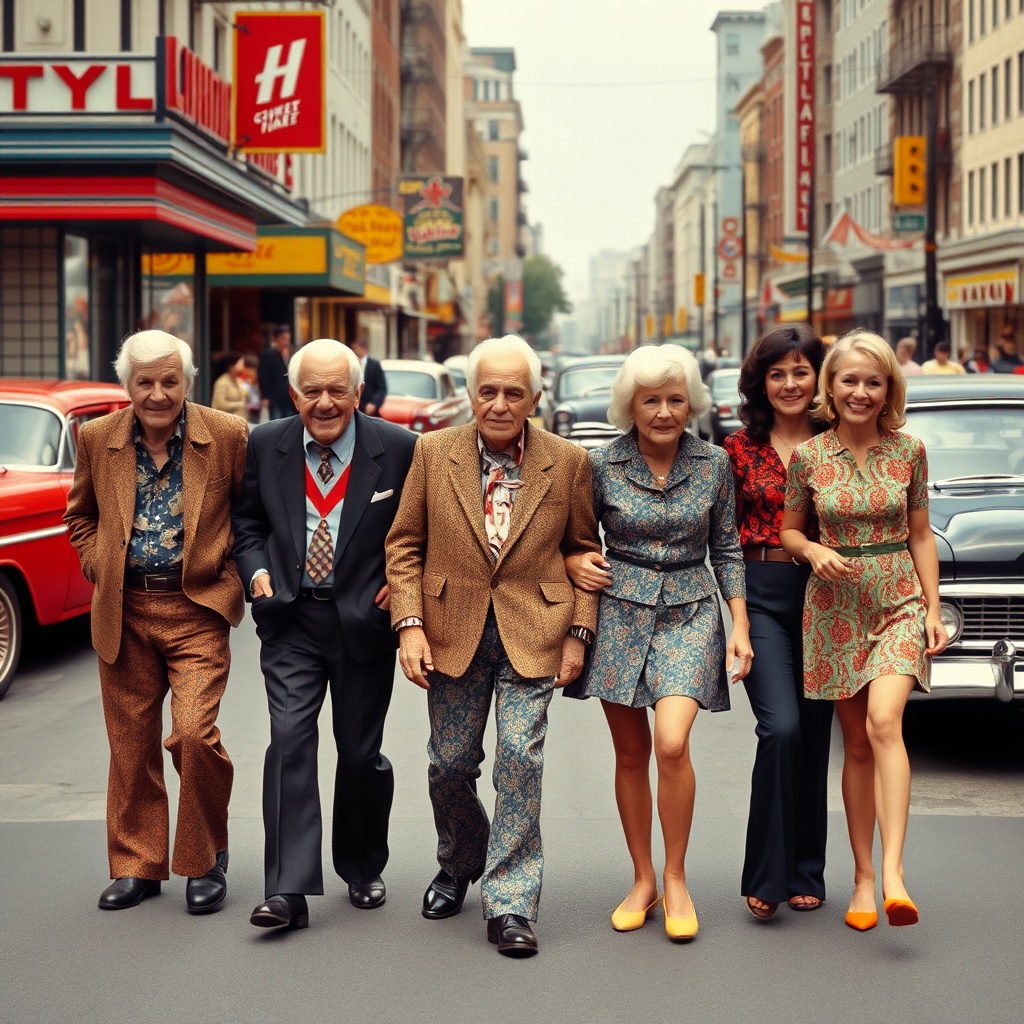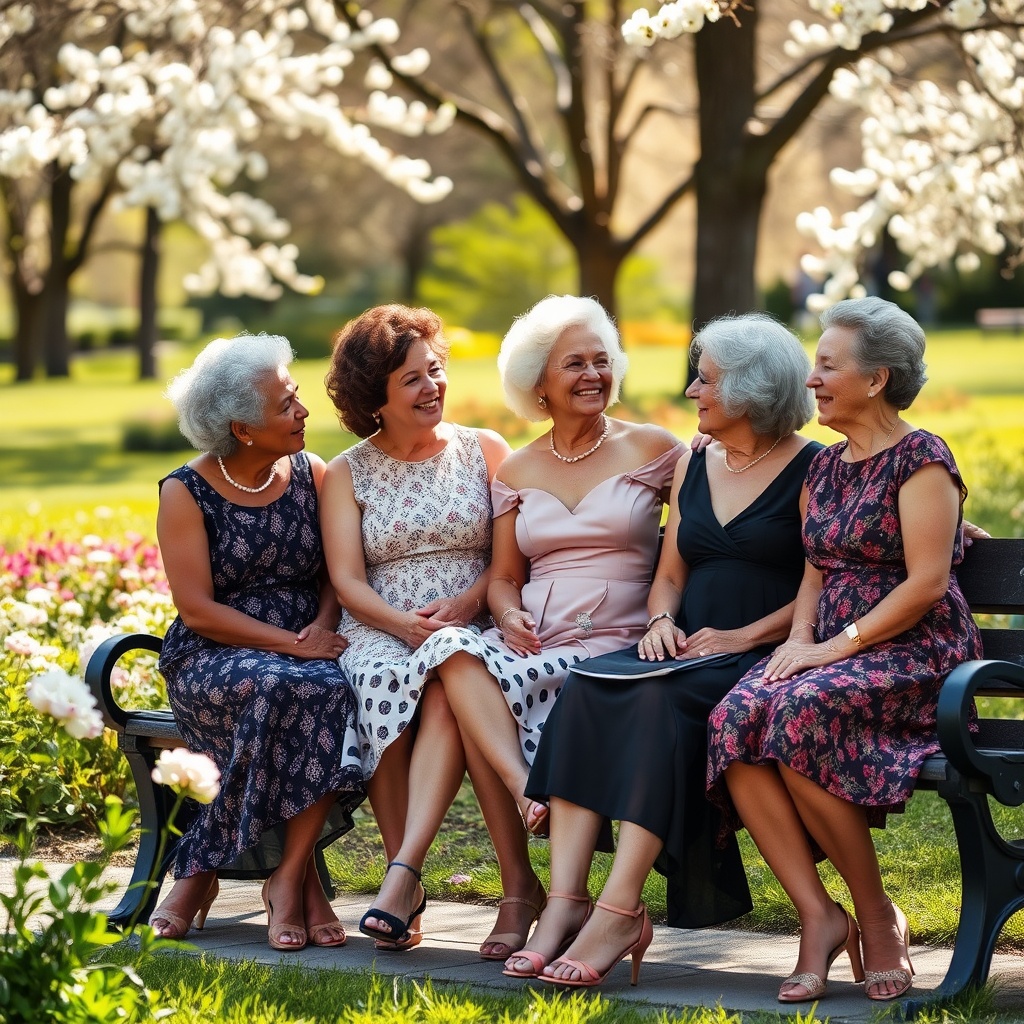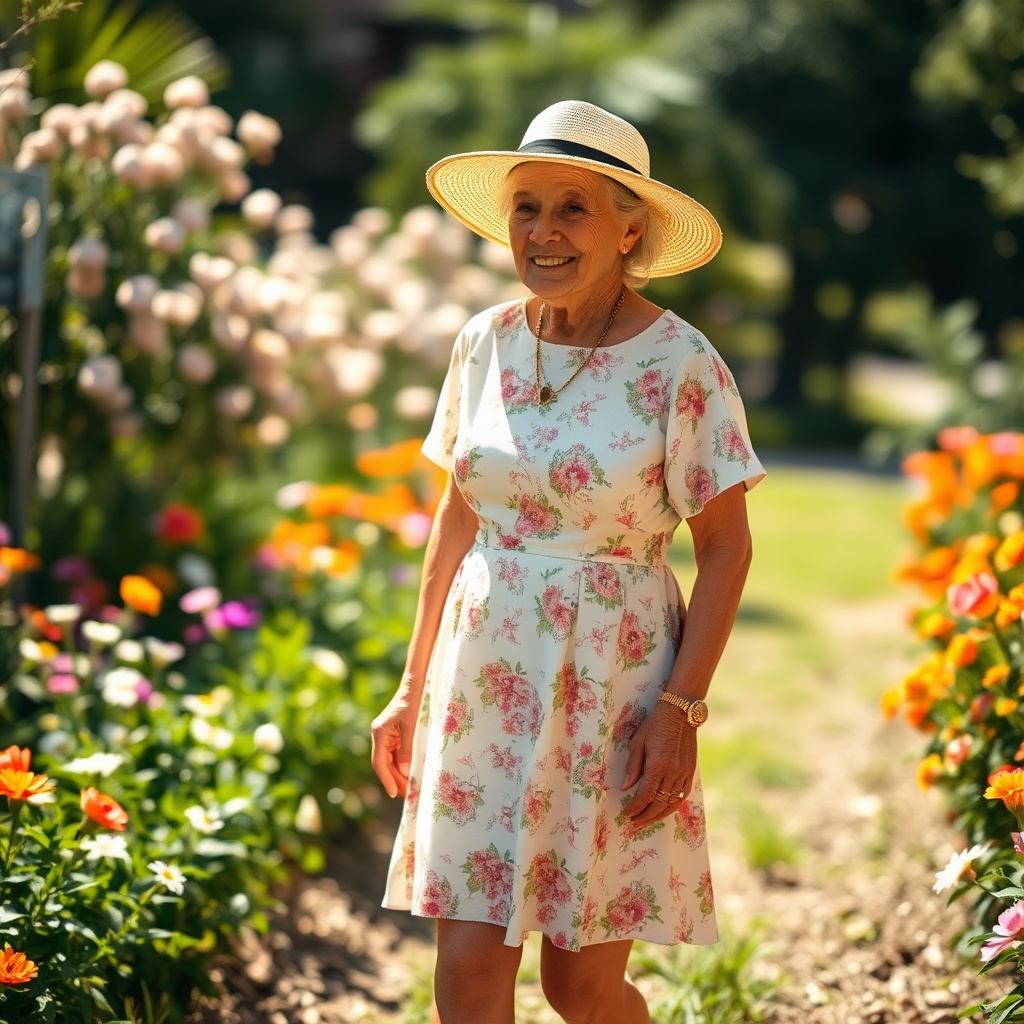Rediscovering the 1960s: A Journey Through Fashion’s Bold Revolution

The 1960s marked a transformative era in fashion, characterized by bold styles, vibrant colors, and a spirit of rebellion. One of the most iconic pieces from this decade is the mini dress, a garment that not only changed the way women dressed but also symbolized a shift towards freedom and self-expression.
The Birth of the Mini Dress
The mini dress was introduced to the world by British designer Mary Quant, who wanted to create a style that was youthful and liberating. These dresses often featured:
- Short hemlines that challenged traditional norms
- Bright patterns and bold colors
- Innovative fabrics like polyester and cotton
Fashion Icons of the 1960s
Several influential figures helped popularize the mini dress during this era. Among them were:
- Twiggy – The quintessential ’60s model whose androgynous look captured the spirit of the decade.
- Jean Shrimpton – Known for her striking beauty and style, she often wore mini dresses to public events.
- Brigitte Bardot – A French actress who embodied the playful and flirtatious nature of the mini dress.
The Cultural Impact
The mini dress was more than just a fashion statement; it represented a cultural revolution. Women began to embrace:
- Empowerment – The mini dress allowed women to assert their independence.
- Simplicity – The style was easy to wear and suited various occasions.
- Feminine Expression – Women showcased their individuality through vibrant colors and unique patterns.
How to Style a 1960s Mini Dress Today
Even today, the charm of the mini dress can be appreciated. Here are some tips for styling:
- Accessorize with statement jewelry to add a personal touch.
- Pair with knee-high boots for a retro look.
- Layer with a cardigan for cooler weather.
The enduring appeal of the 1960s mini dress lies in its ability to evoke nostalgia while remaining relevant in modern fashion. Whether reminiscing about the past or embracing its style today, the mini dress serves as a reminder of a time when fashion celebrated freedom and boldness.
The Mini Dress Phenomenon: How It Redefined Femininity and Freedom

The Emergence of the Mini Dress
The 1960s were a decade of change, where traditional norms were challenged and new forms of expression emerged. One of the most iconic symbols of this transformation was the mini dress. This garment didn’t just alter fashion; it became a statement of freedom and individuality.
Breaking Free from Tradition
The mini dress, often characterized by its above-the-knee length, represented a significant departure from the more conservative styles of previous decades. It was about more than just fashion—it was about breaking free from societal expectations and embracing a new sense of empowerment.
The Influence of Youth Culture
As the youth culture flourished during the 1960s, so did the popularity of the mini dress. Young women began to adopt this style as a form of rebellion against the existing norms, celebrating youthfulness and vitality. The mini dress became a canvas for self-expression, often adorned with vibrant patterns and bold colors.
Icons of the Era
Figures like Twiggy and Mary Quant played pivotal roles in popularizing the mini dress. Twiggy, with her androgynous look, challenged traditional notions of femininity, while Mary Quant is credited with creating the mini dress itself. Their influence encouraged women to embrace their bodies and wear what made them feel confident.
Redefining Femininity
The mini dress was not just a fashion trend; it was a redefinition of what it meant to be feminine. It shifted the perception of women from being seen as delicate and demure to being viewed as bold and adventurous. This shift is crucial for understanding how fashion can influence societal norms.
Fashion as a Form of Freedom
Wearing a mini dress was an act of personal liberation. It allowed women to express their identities freely and embrace their sexuality without shame. This newfound freedom resonated deeply, making the mini dress a powerful symbol of the feminist movement.
Legacy of the Mini Dress
Even today, the spirit of the 1960s mini dress continues to inspire fashion trends. Its legacy lives on as designers revisit this iconic style, reimagining it for new generations. The mini dress remains a timeless piece that embodies both elegance and rebellion.
Join the Conversation
What are your thoughts on the mini dress phenomenon? Did you wear mini dresses during the 1960s? How do you feel about their impact on femininity and freedom?
Vintage Vibes: Styling Tips to Embrace the Mini Dress Trend Today

Introduction to the Mini Dress
The 1960s mini dress revolutionized fashion, introducing a playful yet sophisticated style that remains relevant today. Its charm lies in its versatility, allowing wearers to express their individuality while embodying a sense of freedom.
Choosing the Right Mini Dress
Selecting a mini dress that complements your body shape is essential. Consider the following styles:
| Body Shape | Recommended Mini Dress Styles |
|---|---|
| Apple | A-line or empire waist |
| Pear | Shift or flared |
| Hourglass | Form-fitting or wrap |
| Rectangle | Baby doll or tiered |
Accessorizing for a Complete Look
Accessories can elevate your mini dress. Here are some timeless suggestions:
Footwear: Knee-high boots or classic Mary Janes.
Jewelry: Chunky statement necklaces or vintage brooches.
Bags: Crossbody bags or clutches with retro patterns.
Layering for Comfort
To adapt the mini dress for various occasions, layering is key:
For cooler days: Add a fitted turtleneck or a lightweight cardigan.
For a polished look: Pair with a tailored blazer.
For evening outings: Consider a chic shawl or scarf.
Embracing Colors and Patterns
Play with colors and patterns to reflect your personality. Vintage-inspired prints, such as floral or geometric designs, can enhance the mini dress’s appeal:
Bold Colors: Bright reds, yellows, and greens for a striking appearance.
Pastel Shades: Soft pinks, blues, and lilacs for a romantic vibe.
Classic Prints: Polka dots or stripes for a nostalgic touch.
Confidence is Key
Ultimately, the most important aspect of wearing a mini dress is confidence. Embrace your style and wear what makes you feel beautiful. Remember:
Confidence shines brighter than any outfit.
With these styling tips, you can confidently embrace the mini dress trend while honoring its vintage roots. Whether for a casual outing or a special event, the elegance of the 1960s mini dress can be effortlessly integrated into your modern wardrobe.
Fabric and Flair: Exploring the Iconic Patterns of the 1960s Mini Dresses
Introduction to 1960s Mini Dresses
The 1960s marked a significant shift in fashion, particularly with the introduction of the mini dress. This style wasn’t just about length; it was a statement of freedom, youth, and vibrancy. The fabrics and patterns used during this era played a pivotal role in defining the mini dress’s allure. Let’s explore the fascinating world of 1960s mini dress fabrics and their iconic patterns.
The Fabrics that Defined an Era
Mini dresses were crafted from various materials that contributed to their unique charm. Some of the most popular fabrics included:
Cotton: Lightweight and breathable, cotton was favored for its comfort and versatility. Many mini dresses featured playful prints and bright colors, perfect for daytime wear.
Silk: For a touch of luxury, silk mini dresses were the go-to choice for evening outings. Its smooth texture and sheen added an element of elegance.
Polyester: This synthetic fabric became increasingly popular due to its durability and ease of care. Polyester allowed for vivid patterns and bold colors that defined the era.
Iconic Patterns that Captured Hearts
The patterns of the 1960s mini dresses were as diverse as the women who wore them. Here are some of the most iconic patterns:
Geometric Prints: Bold shapes such as squares, circles, and stripes were prevalent. These patterns reflected the modernist art movement and added a youthful edge to the dresses.
Floral Designs: Inspired by the natural world, floral patterns were romantic and feminine. They ranged from delicate daisies to large, vibrant blooms, perfect for a day out in the sun.
Polka Dots: A classic, polka dots were a playful addition to many mini dresses. This timeless pattern exuded fun and carefree spirit, making it a favorite among young women.
Mix and Match: Creating Your Own Style
One of the most exciting aspects of the 1960s mini dress was the ability to mix and match fabrics and patterns. Imagine a cotton mini dress with a bold geometric print paired with knee-high boots. What combinations do you remember? Perhaps you had a silk mini with floral designs for special occasions.
Conclusion: The Legacy of 1960s Mini Dresses
The legacy of 1960s mini dresses continues to influence fashion today. The vibrant fabrics and iconic patterns are a testament to a time when fashion was about self-expression and breaking boundaries. What are your favorite memories of wearing mini dresses? Whether it was dancing at a party or enjoying a day at the park, these dresses hold a special place in the hearts of many.
From Runway to Reality: The Mini Dress’s Impact on Modern Fashion
Understanding the Mini Dress Phenomenon
The 1960s was a decade of revolution, not just in politics and culture, but also in fashion. The mini dress emerged as a symbol of freedom and youthfulness, capturing the spirit of the new generation. Can you recall the feeling of slipping into a dress that made you feel both stylish and liberated?
The Runway: A Launchpad for Change
Fashion designers like Mary Quant and André Courrèges played pivotal roles in introducing the mini dress to the runway. Their creations challenged the norms of the time, encouraging women to embrace shorter hemlines. Have you ever watched a runway show and felt inspired by the bold designs? Imagine the thrill of seeing those vibrant, youthful dresses come to life!
The Cultural Significance of the Mini Dress
The mini dress was more than just a fashion item; it represented a cultural shift. It was a statement of independence, reflecting the changing roles of women in society. Think back to your own experiences—did you ever wear a mini dress to make a statement or to embrace your individuality?
Modern Fashion: Influences of the Mini Dress
Today, the mini dress continues to influence contemporary fashion. Designers frequently draw inspiration from the bold styles of the 1960s, incorporating playful patterns and innovative cuts. Have you noticed how many current trends echo the styles of your youth? It’s fascinating to see how past styles remain relevant!
How to Incorporate Mini Dresses Today
Want to embrace the mini dress trend in your wardrobe? Here are some tips:
Pair with Tights: For added comfort and warmth, consider wearing tights with your mini dress.
Layer with a Jacket: A stylish jacket can elevate your look and provide extra coverage.
Accessorize: Use bold accessories to enhance your outfit—think statement jewelry or colorful handbags.
Fashion is a beautiful way to express oneself. Share your favorite memories of wearing mini dresses or how you style them today. What does the mini dress mean to you? Your experiences can inspire others to appreciate the enduring charm of this iconic piece!
